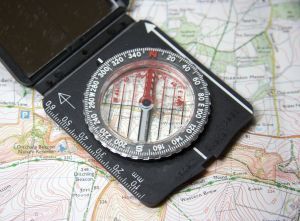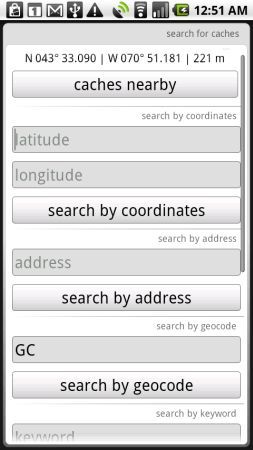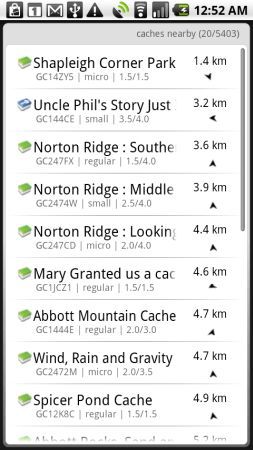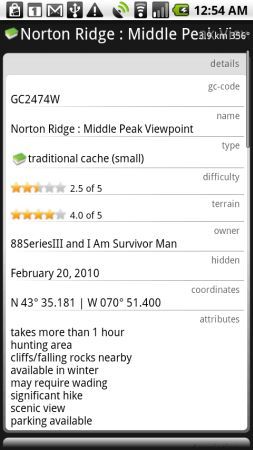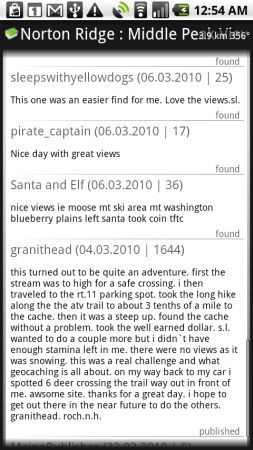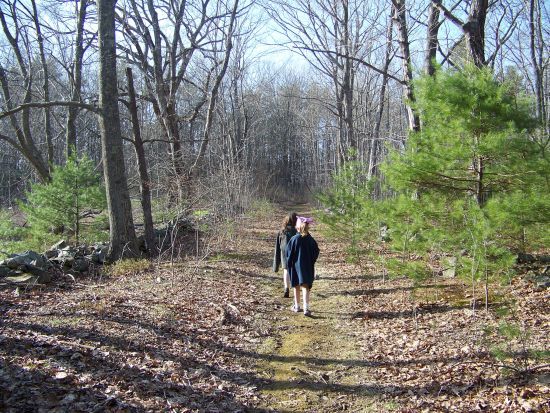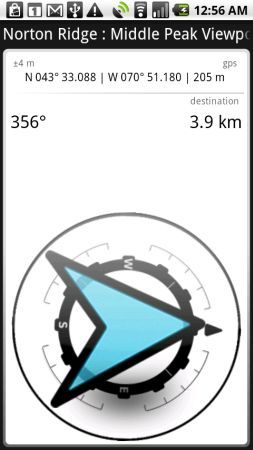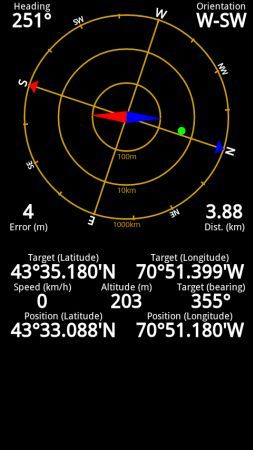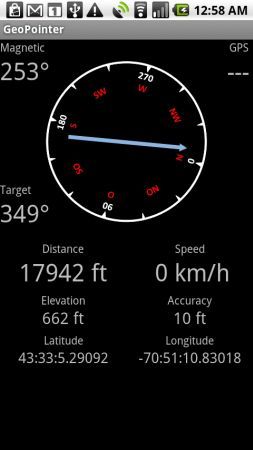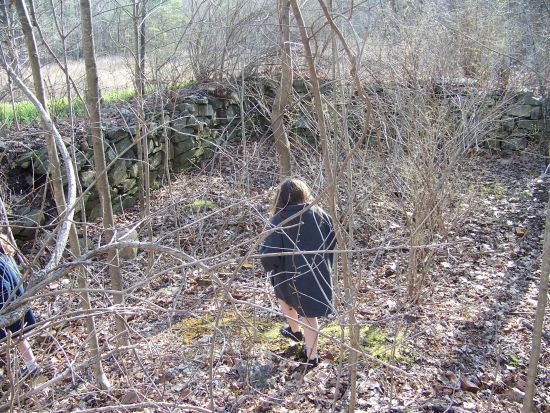When I first heard about geocaching, I figured that it would be a fun thing to do once I eventually saved up enough to purchase a brand new GPS device. The last few years, I've met more and more people who are enthusiastic about the hobby of geocaching, and many of my friends kept encouraging me to try it with my kids.
If you've never heard of it, the concept of geocaching is fairly simple. Someone hides a box full of trinkets somewhere and then provides the GPS coordinates. It's up to geocaching enthusiasts to visit the location and try to find the box. Sometimes you get a clue and other times you don't.
If you want to learn more about alternative methods of geocaching, check out GoWalla, a cool way to "check in" to different locations. Or, if you want to get really creative, use geocaching to propose.
Finally, this year, I now have an Android mobile phone that has multiple tools required for navigation - so I immediately started looking into using such an all-in-one PDA and GPS unit for geocaching with my kids. I am happy to say, I discovered two awesome mobile apps that offer everything you need for a successful geocaching experience - a cache directory, and a programmable digital compass for navigating to the cache coordinates.
Every Geocache Is An Adventure
This article is actually a chronicle of the first geocaching adventure that I went on with my girls. Of course, before going on that adventure, I wanted to make sure we were properly geared up with the appropriate gadgetry. I gave my old, trusty GPS device to my youngest to play with, and I struck out on the web to locate the two best Android apps for geocaching. I believe I've found them.
The first application is called c:Geo, and it's a free mobile application for the Android that draws its cache location data from the popular site Geocaching.com. c:Geo uses the GPS receiver in your phone to identify your location, then you can ask the application to identify any nearby geocache locations.
Your coordinates are listed at the top. If GPS is not enabled or you want to search for caches in an area that's remote from you, you can type in either coordinates, street address or the geocode listed at Geocaching.com.
It doesn't take very long for the system to locate dozens of geocaches near you. According to Geocaching.com, there are now well over a million caches all throughout the world. The odds of finding some near you are excellent (assuming you don't live hundreds of miles from any civilization). When you see a geocache title that looks intriguing, just click on it for more information.
Occasionally you will come across a "premium" cache that requires a membership, but most of the listings are completely free. As you can see from the sample above, each cache listing provides a rating for the difficulty of finding the cache and the level of the terrain. You'll also find the GPS coordinates, usually a description of the area, and sometimes a clue to help you find the exact location of the Geocache box.
Also, if you scroll down you can read through the posted experiences of other geocachers who tried to locate the box before you. These comments will tell you the true difficulty of finding the box.
Once we decided on a neat cache near us, supposedly located in an old cellar hole of a long-gone house deep in the middle of some nearby woods, we packed up some snacks and hit the road. I used c:geo's built in turn-by-turn map integration with Google Navigator to drive near enough to the cache so that we could park. Then, we hit the trail.
It really was a beautiful, sunny spring day - we couldn't have asked for a better opportunity to give geocaching a try. Now, when you're finally on the trail, you're going to want to switch to the compass navigational mode. This is the beauty of using an all-in-one PDA and GPS for geocaching - you can look up cache information and get a GPS location fix on the cache all with one device. There are a couple of cool options in c:Geo to navigate. One is the straight compass mode.
It really doesn't get much simpler than this - this convenience is the beauty of using an all in one PDA and GPS for geocaching. The arrow remains pointing in the direction of the geocache, and all you have to do is make sure you walk in that direction. If you'd like a little bit more data about your location and the location of the cache, then select the other option - the "radar" navigation mode.
This view shows your GPS coordinates, your target's GPS coordinates, and a "radar" view with a green dot that represents the location of the cache. It shows your current heading, and the distance from the cache in kilometers. I personally think this view is very cool, but there is one other app that I wanted to cover that can make navigating to the target cache location even easier. That app is called GeoPointer, created by a firm called Sifra.
This navigational app doesn't look a whole lot different than the tools offered by c:Geo, but as far as functionality, it's like both of the previous apps combined into one. With GeoPointer, you get a compass with an arrow that points in the correct direction all the time. The application also provides a digital display of your own bearing versus the targets bearing, as well as your distance and elevation from the cache and your speed of travel. Distances can be set to use either feet or kilometer as units (a nice bonus for U.S. users). After a short hike down an ancient forest path, the kids finally located the old cellar hole and immediately jumped right in and started searching.
However, on this sunny spring day, we learned an important lesson about geocaching. Less than half of the battle is locating the vicinity of the geocache within a short radius. The real adventure is actually locating where the cache is hidden once you're there. Is it under a rock? Is it disguised as part of the rock wall? Is it buried under the leaves and in the dirt right under our feet? We searched for almost an hour, and found nothing more than a few ticks crawling up our legs.
As we headed back home after our first geocaching adventure, the girls were already planning for our next adventure, and coming up with new techniques we could use to locate the cache the next time. What I took away from the experience was that in the end it's not so much whether or not you actually find the geocache once you get there, it's about enjoying the sights and the experience of getting there. Maybe, in this way, geocaching serves as a metaphor for life, and how we should stop focusing so much on the prize, and instead savor every moment along the way.
Do you geocache? What sort of mobile tools do you use to locate the box? Share your insight and experiences in the comments section below.

